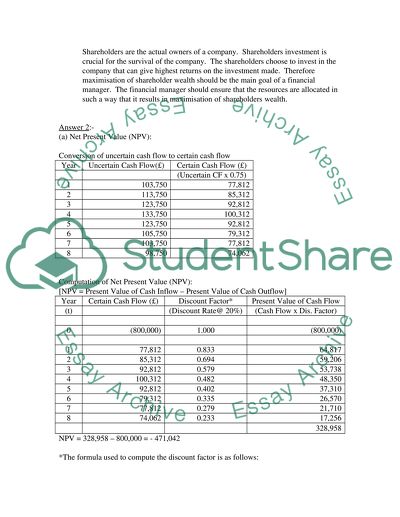Cite this document
(Profit Maximisation Assignment Example | Topics and Well Written Essays - 2250 words, n.d.)
Profit Maximisation Assignment Example | Topics and Well Written Essays - 2250 words. Retrieved from https://studentshare.org/finance-accounting/1516260-strategic-corporate-finance-workshop
Profit Maximisation Assignment Example | Topics and Well Written Essays - 2250 words. Retrieved from https://studentshare.org/finance-accounting/1516260-strategic-corporate-finance-workshop
(Profit Maximisation Assignment Example | Topics and Well Written Essays - 2250 Words)
Profit Maximisation Assignment Example | Topics and Well Written Essays - 2250 Words. https://studentshare.org/finance-accounting/1516260-strategic-corporate-finance-workshop.
Profit Maximisation Assignment Example | Topics and Well Written Essays - 2250 Words. https://studentshare.org/finance-accounting/1516260-strategic-corporate-finance-workshop.
“Profit Maximisation Assignment Example | Topics and Well Written Essays - 2250 Words”, n.d. https://studentshare.org/finance-accounting/1516260-strategic-corporate-finance-workshop.


